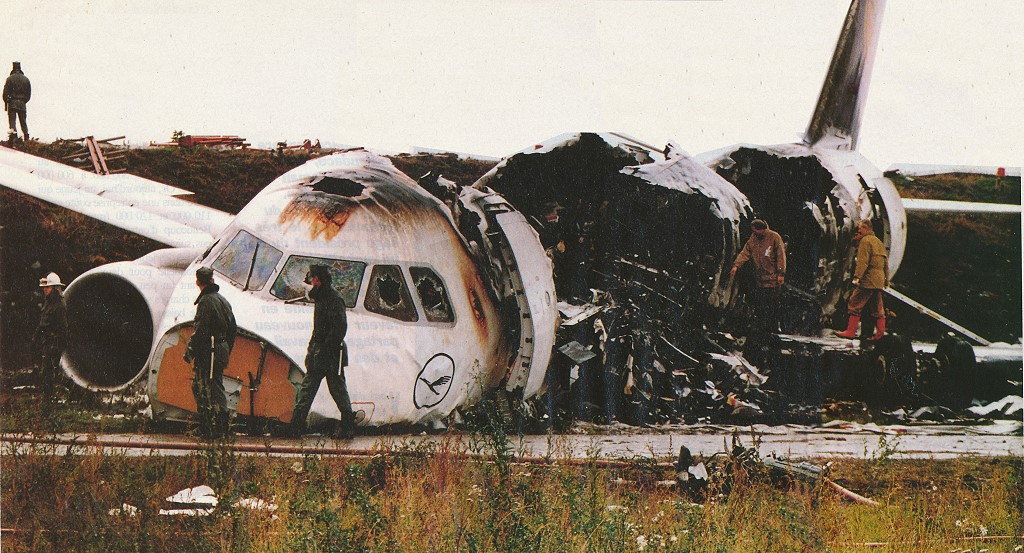This post, Software Safety Assurance and Standards, is the fifth in a series of six blog posts on Principles of Software Safety Assurance. In it, we look at the 4+1 principles that underlie all software safety standards. (The previous post in the series is here.)
Read on to Benefit from…
In this post, we assess how well specific, popular standards apply the 4+1 Principles. In particular, I add some insights from my experience in large-scale software projects (since 1994) to give further commentary. My comments are [shown thus].
The perfect software safety standard doesn’t exist. Arguably, it never will, as standards must be generic to ensure that they are widely applicable, whereas software projects may have particular needs. However, if we understand these standards we can discover their weaknesses and tailor them, and/or add to them accordingly.
Content
We outline common software safety assurance principles that are evident in software safety standards and best practices. You can think of these guidelines as the unchanging foundation of any software safety argument because they hold true across projects and domains.
The principles serve as a guide for cross-sector certification and aid in maintaining comprehension of the “big picture” of software safety issues while evaluating and negotiating the specifics of individual standards.
Relationship to Existing Software Safety Standards
The ideas of software safety assurance discussed in this article are not explicit in most software safety standards, though they are typically present. However, by concentrating only on adherence to the letter of these standards, software developers using these standards are likely to lose sight of the primary goals (e.g. through box-ticking). We look at manifestations of each of the Principles in some of the most popular software safety standards below – IEC 61508, ISO 26262, and DO 178C.
Principle 1
IEC 61508 and ISO 26262 both demonstrate how hazard analysis at the system level and software safety criteria have been linked. High-level requirements that address system requirements assigned to software to prevent system risks must be defined, according to DO-178C. Particularly when used in conjunction with companion standard ARP 4754, this addresses Principle 1.
[In military aviation, I’m used to seeing Do-178 used in conjunction with Mil-Std-882. This also links hazard analysis to software safety requirements, although perhaps not as thoroughly as ARP 4754.]
Principle 2
Traceability in software needs is always required. The standards also place a strong emphasis on the software requirements’ iterative validation.
Specific examples of requirements decomposition models are provided by DO-178C and ISO26262. Capturing the justification for the required traceability is an area where standards frequently fall short (a crucial aspect of Principle 2).
What is particularly lacking is a focus on upholding the purpose of the software safety rules. Richer types of traceability that take the requirements’ purpose [intent] into account rather than just syntactic ones at various phases of development are needed for this.
Principle 3
The basis of the software safety standards is guidance on requirement satisfaction. Although there are distinct disparities in the advised methods of pleasure, this principle is generally thoroughly addressed (for example DO-178 traditionally placed a strong emphasis on testing).
[Def Stan 00-55 places more emphasis on proof, not just testing. However, this onerous software safety standard has fallen out of fashion.]
Principle 4
This requires that the absence of mistakes introduced during the software lifetime be demonstrated. Aspects of this principle can be seen in the standards. However, of all the standards, the software hazard analysis part receives the least attention.
[N.B. The combination of Mil-Std-882E and the Joint Software Systems Safety Engineering Handbook places a lot of emphasis on this aspect.]
The standards imply that system-level safety analysis is a process. The purpose of software development is to prove that requirements, including safety requirements assigned to software, as produced by system-level procedures, are correct. At later phases of the development process, these criteria are refined and put into practice without explicitly applying software hazard analysis.
There is no specific requirement in DO 178C to identify “emerging” safety risks during software development, but it does permit recognized safety issues to be transmitted back to the system level.
Principle 4+1
All standards share the idea of modifying the software assurance strategy in accordance with “risk.” However, there are significant differences in how the software’s criticality is assessed. IEC 61508 establishes a Safety Integrity Level based on the probability delta in risk reduction, DO-178B emphasizes severity, and ISO 26262 adds the idea of the vehicle’s controllability. At various levels of criticality, the suggested strategies and processes vary greatly as well.
[The Mil-Std-882E approach is to set a ‘level of rigor’ for software development. This uses a combination of mishap severity and the reliance placed on the software to set the level.]
Software Safety Assurance and Standards: End of Part 5 (of 6)
This blog post is derived from ‘The Principles of Software Safety Assurance’, RD Hawkins, I Habli & TP Kelly, University of York. The original paper is available for free here. I was privileged to be taught safety engineering by Tim Kelly, and others, at the University of York. I am pleased to share their valuable work in a more accessible format.
Meet the Author
My name’s Simon Di Nucci. I’m a practicing system safety engineer, and I have been, for the last 25 years; I’ve worked in all kinds of domains, aircraft, ships, submarines, sensors, and command and control systems, and some work on rail air traffic management systems, and lots of software safety. So, I’ve done a lot of different things!

Principles of Software Safety Training
Learn more about this subject in my course ‘Principles of Safe Software’ here. The next post in the series is here.
My course on Udemy, ‘Principles of Software Safety Standards’ is a cut-down version of the full Principles Course. Nevertheless, it still scores 4.42 out of 5.00 and attracts comments like:
- “It gives me an idea of standards as to how they are developed and the downward pyramid model of it.” 4* Niveditha V.
- “This was really good course for starting the software safety standareds, comparing and reviewing strengths and weakness of them. Loved the how he try to fit each standared with4+1 principles. Highly recommend to anyone that want get into software safety.” 4.5* Amila R.
- “The information provides a good overview. Perfect for someone like me who has worked with the standards but did not necessarily understand how the framework works.” 5* Mahesh Koonath V.
- “Really good overview of key software standards and their strengths and weaknesses against the 4+1 Safety Principles.” 4.5* Ann H.




